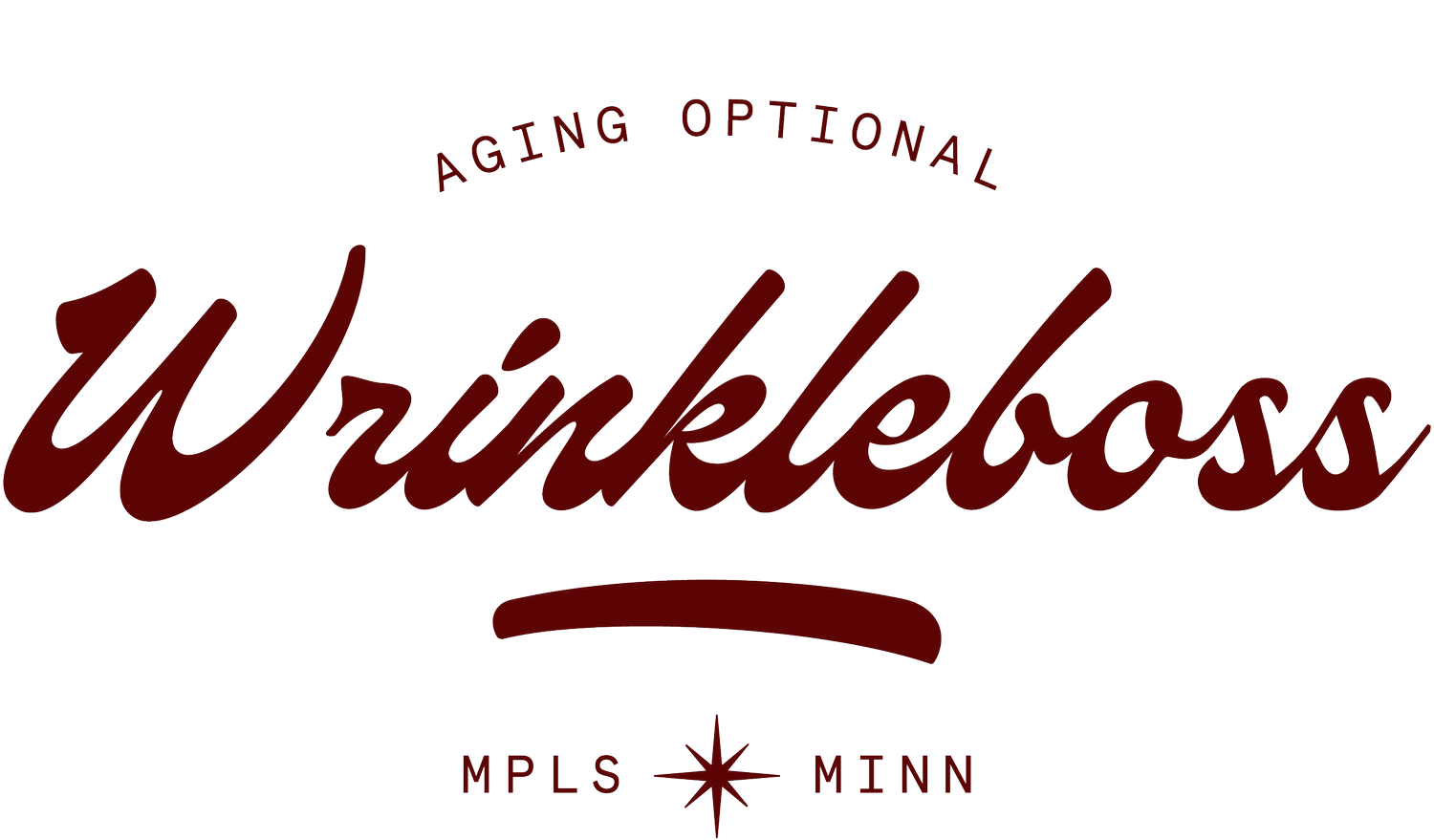All About Aging
Before starting a treatment plan, it’s important to understand the aging process so that we can be effective in our self care and prevention strategies.
Aging 101
Although everyone ages uniquely, it’s quite common for age related changes to become noticeable from our mid 20s and on. Due to precious collagen loss, along with anatomical changes of the face and body, these shifts slowly-but-surely alter facial balance and harmony from our once youthful state. However, with proper planning and consistency, you can drastically delay this process and take control of your skestiny (that’s skin-destiny). ;)
Intrinsic Causes
Genetics
Our genetics predetermine the speed of cellular deterioration, and some of us naturally have genes that cause this to occur at earlier ages.
Free Radicals
Molecules and atoms in the body that have lost an electron (or gained an extra) tend to be highly reactive to other molecules they encounter. This means they can lead to a number of disruptive issues, such as altering of DNA, developing cancer, and also damaging the structural integrity of collagen bonds in the face, leading to aging skin and wrinkles. Free radicals come from environmental pollutants, UV light, and also from our own bodily production.
Hormone Changes
Hormones, such as estrogen can play an important role in hydration and blood flow to the skin and skin thickness. For women, less estrogen can increase the chance of skin thinning and wrinkling.
Glycation
When the body, and specifically our collagen bonds, are exposed to too much glucose (sugar), they can break down in a process known as glycation. Collagen fibers exposed to too much glucose can become brittle, leading to an increase of wrinkles.
Extrinsic Causes
Sun Exposure
UV radiation damages collagen and elastin, which provides the skin with its elasticity and firmness. Newly-produced collagen fibers create uneven repairs beneath the skin that cause wrinkling. Skin reddening or tanning counts as skin damage.
Smoking
Active ingredients in cigarette smoke naturally damage collagen in the skin upon exposure. Smoking also reduces hydration and blood flow, leading to deprivation of oxygen and nutrients, and hydration of the skin. Dehydrated skin wrinkles much faster than hydrated skin. Think of folding a dry piece of paper vs damp. Which one creases more?
Facial Expressions
The years of residual tension caused by laughs, frowns, and smiles gradually reduce the skin’s natural elasticity, leading to expression lines. These expression lines eventually become etched into the skin as a permanent fixture of the face.
Sleeping Positions
Continuous pressure, creasing or sandwiching the skin for hours at a time can create a permanent wrinkle in the skin. It can also restrict proper blood flow to the area.
Other Considerations
The anatomy of facial aging:
The three main structural elements that are affected by aging are bone, fat, and skin (collagen). Changes in any one of these structural layers affects the other layers.
Bone loss decreases overall structural support.
Concavity or depression in the temples
Orbital rim hollowing (hooding in the upper eyelids)
Jawline softening (facial folds)
Fat redistribution leads to a loss of facial volume.
Fat pads slowly spread apart appearing as separate structures instead of a smooth, continuous layer.
Under eye fat pads can become more prominent
‘Falling skin’ appearance or jowling
Collagen fibers decrease the skin's integrity, elasticity and ability to retain moisture and maintain thermoregulation.
Thinning of the skin and lips
Dull, dry or dehydrated skin
Irregularities in texture

